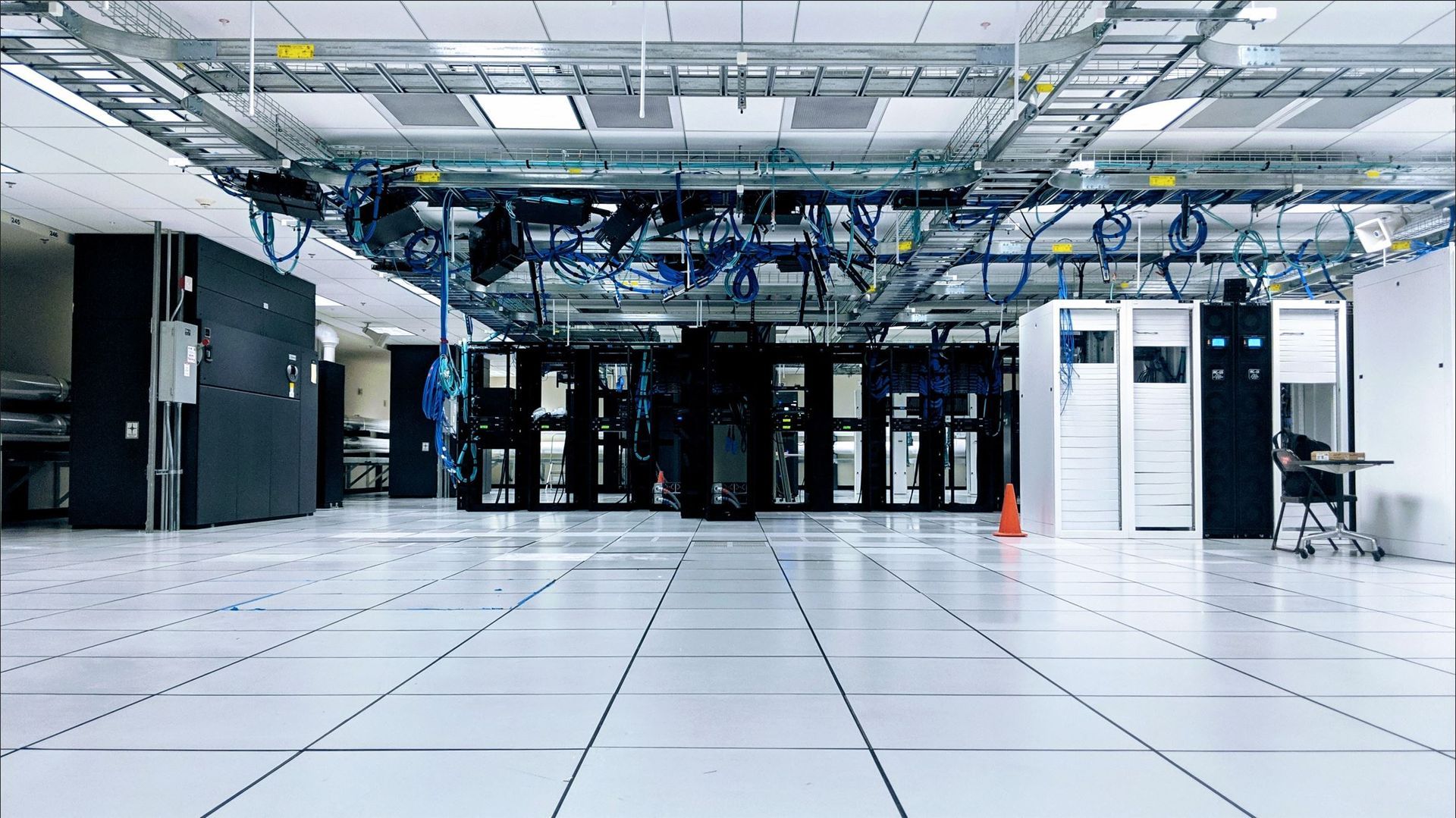How to Communicate Effectively with Non-IT Stakeholders
Increase Your Communication Skills With Non-IT Related Stakeholders

Executive Summary ~2 min
As an IT manager, efficient and effective communication with non-IT stakeholders is crucial for success. The capacity to translate complex concepts into digestible content, while aligning IT goals with business objectives, is an integral skill. This blog post explores strategic methods that can aid in enhancing this form of communication.
Understanding one's audience is the foundation of effective communication. One must identify the audience's level of technical knowledge and their interests. This process enables a tailored communication approach, focusing on business value for executives and detailed technical information for a technically adept audience. This approach ensures that stakeholders appreciate the value and importance of IT projects, enhancing support and engagement.
The use of simple language and analogies is advocated as a means to make complex IT concepts more comprehensible for non-IT stakeholders. By replacing technical jargon and acronyms with plain language and relatable comparisons, IT managers can convey their points without causing confusion or misunderstanding. The principle of keeping explanations concise, and emphasizing key points further bolsters this strategy.
Visual aids significantly aid comprehension of intricate concepts, improving engagement and memorability of presentations. Flowcharts, graphs, and slides, when used appropriately and in moderation, can simplify complex processes, present statistical information, and highlight key points. This technique enhances understanding and retention, particularly for non-IT stakeholders.
Encouraging questions and feedback is emphasized as a key component of successful communication. This engagement aids in building trust and establishing strong relationships with non-IT stakeholders. It shows that IT managers value stakeholders' input, are responsive to their concerns, and are open to collaborative problem-solving.
Post-presentation follow-ups are crucial in maintaining engagement, understanding, and relationship-building. Through emails, calls, or meetings, IT managers can reinforce the key points of their presentations, address questions or concerns, and provide additional resources as needed.
In conclusion, effective communication with non-IT stakeholders is imperative for IT managers. By applying these strategies - understanding their audience, using simple language and visual aids, encouraging feedback, and conducting follow-ups - IT managers can present complex IT concepts in an understandable manner, cultivate trust, and foster strong relationships. Moreover, these strategies underline the value and importance of IT within the organization, crucial for obtaining vital support for IT projects or initiatives.
Introduction
~8 min
Being an Information Technology (IT) Manager inherently requires the ability to traverse two distinct worlds - the technical and the non-technical. Effectively bridging this gap and communicating complex technical concepts to stakeholders who might not share the same technical prowess is critical for success. This ability is not merely theoretical but has been refined through my personal experience as an MBA candidate with a dual emphasis in IT Management and Marketing. My journey has necessitated frequent translations between business-focused and technology-oriented conversations, equipping me with a unique understanding of both perspectives. In the following discourse, I will share some of the communication strategies honed from my experiences. These strategies are designed to ensure meaningful interactions with executives, sales teams, and customers, reinforcing your invaluable role within your organization.
Know Your Audience
The cornerstone of impactful communication is a comprehensive understanding of your audience's level of technical knowledge and their areas of interest. This understanding facilitates a customized communication approach, ensuring the message's relevance and effectiveness.
Consider, for instance, a situation where you are presenting an IT project to the organization's executives. Their interest would primarily lie in the business value of the project rather than the intricacies of the technology. Therefore, highlighting how the IT project might enhance productivity or curtail costs would be more beneficial than a full technical breakdown. The art of strategically aligning the benefits of IT projects to the overarching organizational objectives is crucial to demonstrate the value of your endeavors.
Alternatively, when addressing a group of technical professionals, an in-depth explanation of the technological aspects of the project would be more appreciated. This audience would be keen on the specific technologies employed, the challenges faced, and key takeaways. Here, a comprehensive analysis of the project, including its timeline, budget, and resources, would enrich the conversation.
Understanding the level of technical knowledge and interests of your non-IT stakeholders is crucial to effective communication. By tailoring your communication to their needs, you can ensure that they understand the information you are presenting and see the value and importance of your IT projects.
Use Simple Language
In a world brimming with technical jargon and acronyms, a refreshing approach is the use of simple, plain language. The use of analogies can also be an effective tool in transforming complicated concepts into easily comprehensible ideas.
For instance, the statement "we implemented a cloud-based solution to reduce our infrastructure costs," can be reframed as "we transitioned some of our computing capabilities to the internet, thereby saving on hardware and maintenance costs." This simple language explanation gives non-IT stakeholders a clear understanding of what a cloud-based solution is and
how it can benefit the organization, without using technical jargon that may be confusing to them.
The use of an analogy can further simplify the conversation. If you're describing a firewall's functionality, you could liken it to a security guard stationed at a building's entrance. Just as the security guard checks the identification of people entering the building and only allows authorized individuals in, a firewall checks the data coming into a computer system and only allows authorized data through. This analogy helps non-IT stakeholders understand the concept of a firewall in a familiar and easy-to-understand way.
In addition to using plain language and analogies, It's essential to keep your explanations crisp and focused, providing just enough information to convey the message without overwhelming the audience. Non-IT stakeholders may not have the same level of technical knowledge as you, so it's important to avoid overwhelming them with too much information. Instead, focus on the key points and keep your explanations concise and focused.
Use Visual Aids
The inclusion of visual aids such as diagrams, charts, and slides can significantly enhance comprehension. Moreover, they aid in retaining the audience's attention and make your presentation more engaging.
For example, if you are explaining how a new IT system works, you could use a flowchart to show the different steps involved. This visual aid helps non-IT stakeholders see the different components of the system and how they fit together, which can make the information easier to understand and remember. If you are explaining the results of an IT project, you could use a bar chart to show the before-and-after results in a clear and easy-to-understand way.
In the case of presentations, well-designed slides highlighting the key points can greatly support your discourse. Remember, the goal is not to inundate the audience with information but to complement your speech with relevant visuals. Using things such as the
assertion-evidence approach can also help increase audience comprehension.
Using visual aids can be a very effective way to help non-IT stakeholders understand complex concepts and make your communication more engaging and memorable. Just be sure to use them appropriately and in moderation to avoid overwhelming your audience.
Ask for Feedback
Actively seeking feedback is an essential part of effective communication. It not only validates the understanding of the information but also helps identify areas needing further clarification.
Soliciting feedback portrays your respect for the audience's insights, fostering trust and promoting a strong professional relationship. This is particularly crucial when dealing with executives or decision-makers as it demonstrates your receptiveness to their opinions and commitment to collaborative problem-solving.
There are a few different ways you can ask for feedback during your presentation. One simple way is to simply ask, "Does anyone have any questions or comments?" This gives your audience an opportunity to ask questions or provide feedback at any point during your presentation. You can also ask specific questions, such as "Does anyone have any questions about how this new system will work?" or "Are there any concerns or objections you would like to discuss?" This can help you identify specific areas where your audience may need more clarification or where there may be potential roadblocks to implementation.
By asking for feedback, you can ensure that your non-IT stakeholders are understanding the information you are presenting and address any concerns or objections they may have. This can help you build trust and establish a strong relationship with your non-IT stakeholders and make your communication more effective.
Follow Up
After your presentation, it's important to follow up with your audience to ensure that they understood the information you presented and to address any questions or concerns they may have. This can be done through email, phone, or in-person meetings. By following up, you can further build this trust and establish a strong relationship with your non-IT stakeholders. Following up not only solidifies the message conveyed but also provides an opportunity to address any further questions or concerns that may have come up.
There are a few different ways you can follow up after your presentation. One way is to send a summary email to your audience, highlighting the key points of your presentation and providing any additional resources or materials they may find useful. You can also include a section for questions or feedback, encouraging your audience to contact you if they have any further questions or concerns.
Another way to follow up is to schedule a follow-up meeting with your audience. This can be an in-person meeting or a conference call, depending on the needs of your audience. During the follow-up meeting, you can review the key points of your presentation and address any questions or concerns your audience may have. This can be a useful way to ensure that your audience fully understands the information you presented and to address any issues that may have come up during the presentation.
By following up after your presentation, you can ensure that your non-IT stakeholders have a clear understanding of the information you presented and address any concerns or questions they may have. This can help you build trust and establish a strong relationship with your non-IT stakeholders and make your communication more effective.
Conclusion
In conclusion, effective communication with non-IT stakeholders is not only integral to an IT manager's role but also pivotal in building trust, fostering strong relationships, and demonstrating the value of IT within an organization. The strategies outlined here - understanding your audience, simplifying language, incorporating visual aids, encouraging feedback, and following up - ensure that you can relay complex technical ideas in an easily understandable format.
Effective communication with non-IT stakeholders not only helps you build trust and establish strong relationships but also helps you demonstrate the value and importance of IT in your organization. This can be especially important when seeking support for IT projects or initiatives.
Thank you for reading my blog post! If you found any of this information helpful or know someone who would find it useful, please share it with them. Let me know what you think in the comments below. Consider
joining my mailing list to keep learning as I continue to add value with more blog posts and articles about topics such as Information Technology Management and Marketing.









